Temperature, salinity and volume fluxes in the Fram Strait
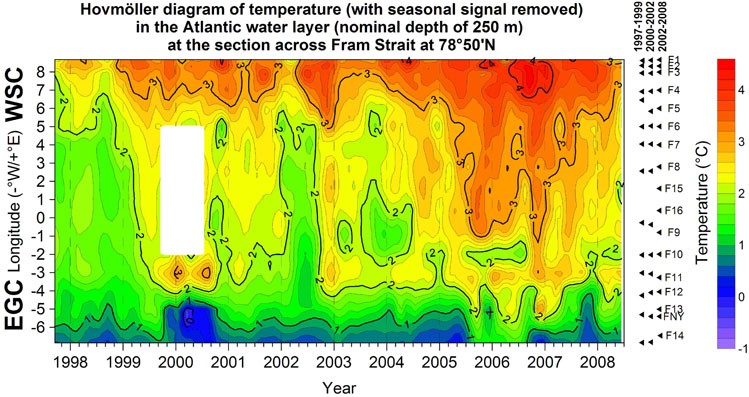
Fig. 1a. Variability of the Atlantic Water temperature in Fram Strait in 1997-2008
During the last decade a significant warming was observed in the Atlantic Water inflowing through Fram Strait to the Arctic Ocean. The first warm episode spanned 1998 to 2000, manifesting the most strongly in the West Spitsbergen Current, the second warm period has continued since 2004 onward, with a peak in late 2006. Now we are observing a decline in the Atlantic Water temperature but it is still higher than the long-term average.
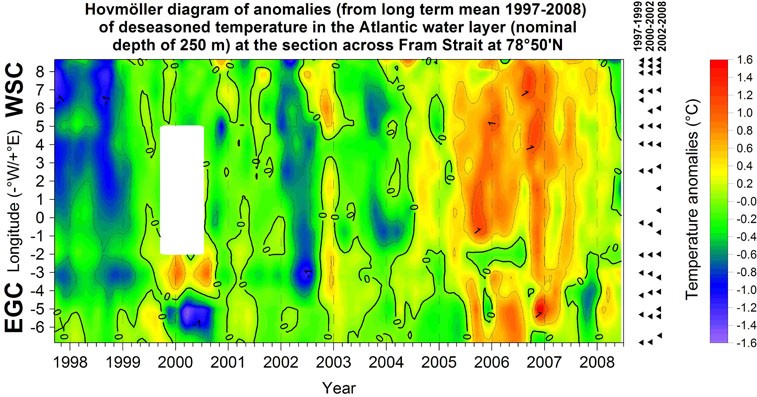
Fig. 1b. Anomalies of the Atlantic Water temperature in Fram Strait in 1997-2008
Anomalies of the Atlantic Water temperature, exceeding 1° were observed in 2005-2007. They indicate that the last warming was found in the entire Fram Strait, spreading westward into the recirculation area and the East Greenland Current. Not only the Atlantic Water, recirculating in short loops north of Fram Strait but also the Arctic Atlantic Water returning from the longer loop through the Eurasian Basin, were significantly warmer than average.

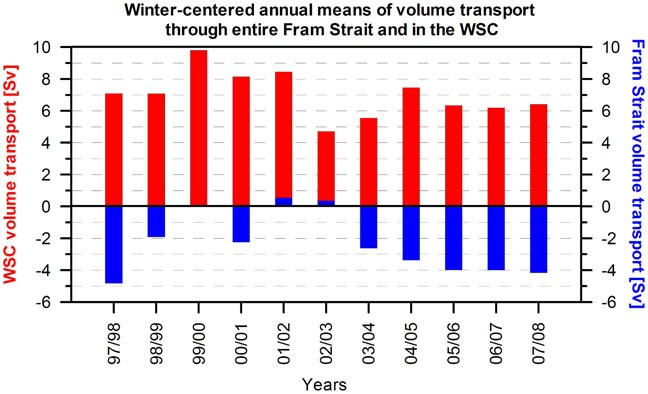
Fig. 2a,b. Monthly (a) and annual (b) averages of the volume transport through Fram Strait in 1997-2008
Volume transport through Fram Strait is characterized by strong variability on different time scales, from synoptic to decadal. Highest transports, both inflow and outflow, are found in winter. In recent years a slightly lower inflow in the West Spitsbergen Current and stronger net transport to the south were observed as compared to late 1990s and early 2000s.

Fig. 3. Mean temperature and volume of the Atlantic Water inflow through Fram Strait in 1997-2008
Heat transport to the Arctic Ocean through Fram Strait depends both on the Atlantic Water temperature and a volume of the AW inflow. In winters 2005 and particularly 2007 the intensive inflow of warmer than average Atlantic Water resulted in the high heat flux into the Arctic Ocean.
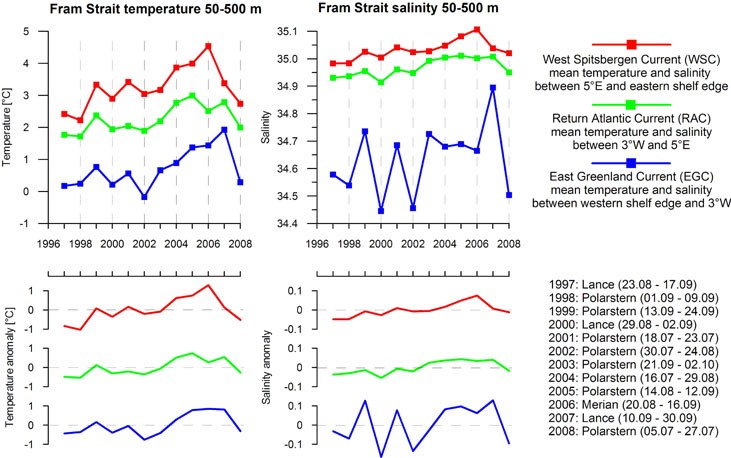
Fig. 4. Mean temperature and salinity in the West Spitsbergen Current, Return Atlantic Current and East Greenland Current from hydrographic sections in 1997-2008.
Changes of temperature observed in the upper layer of 50-500m were accompanied by the increased salinity during warming periods. This resulted in lower densities of the Atlantic Water, entering the Arctic Ocean. If this density anomaly survives travelling along the loops in the Arctic Ocean and exits through Fram Straits towards the North Atlantic, it can potentially influence the deep water overflow in the Denmark Strait.
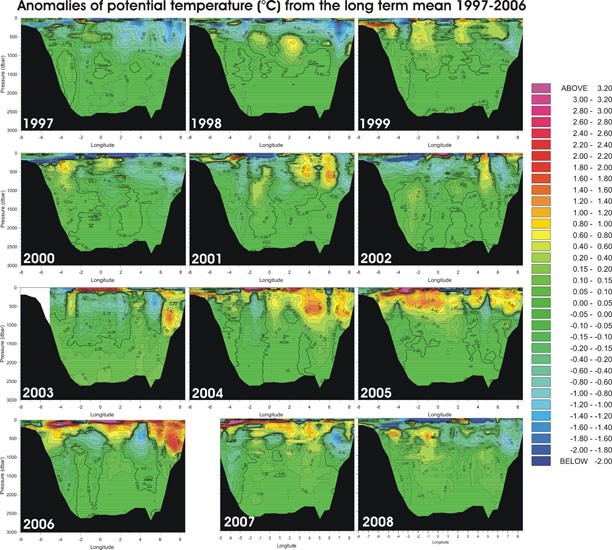
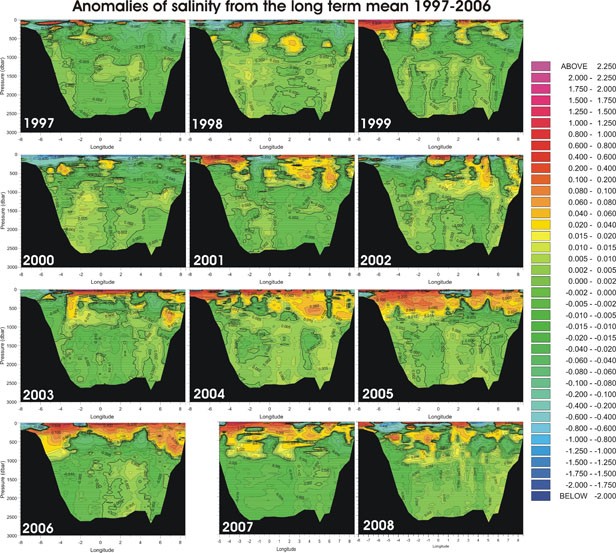
Fig. 5a,b. Maps of (a) temperature and (b) salinity anomalies from long-term mean at summer hydrographic sections in Fram Strait in 1997-2008.
Anomalies of temperature and salinity measured at summer/autumn hydrographic sections reveal a complex spatial structure of the observed warming episodes. Warm and salty anomalies spread down to 1000 m and large spatial variations are observed due to eddies and meandering of the Atlantic Water flow in Fram Strait.
